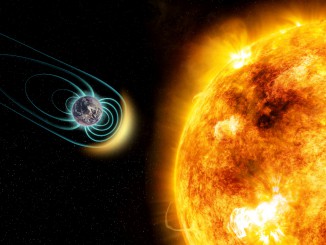
Don’t miss the close flyby of bright space rock 1998 HL1, 25–29 October
Their high detection rate reveals that near-Earth asteroids are commonplace, but they’re typically small, fleetingly observable and very faint. Hence an opportunity to view a large example bright enough to see in a typical backyard telescope shouldn’t be missed! Here’s our guide to tracking down 700-metre-wide 1998 HL1 between 25 and 29 October 2019.








